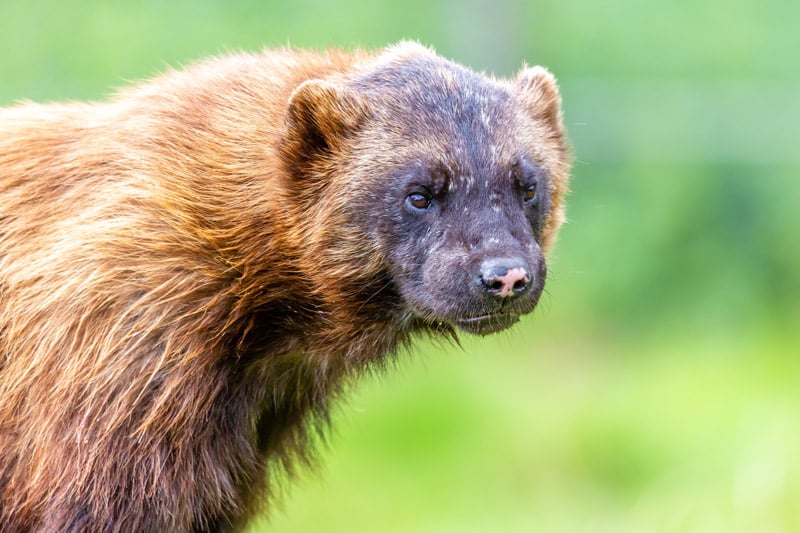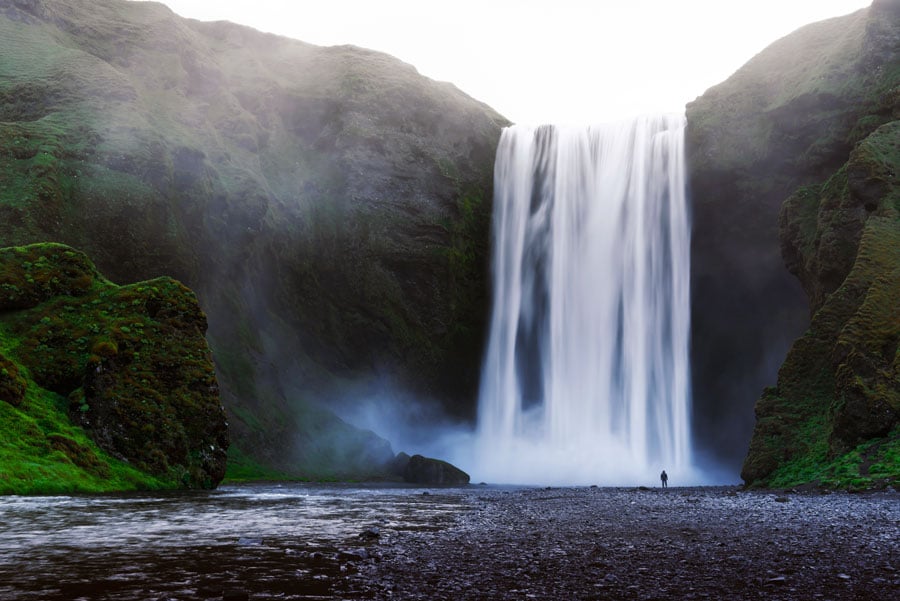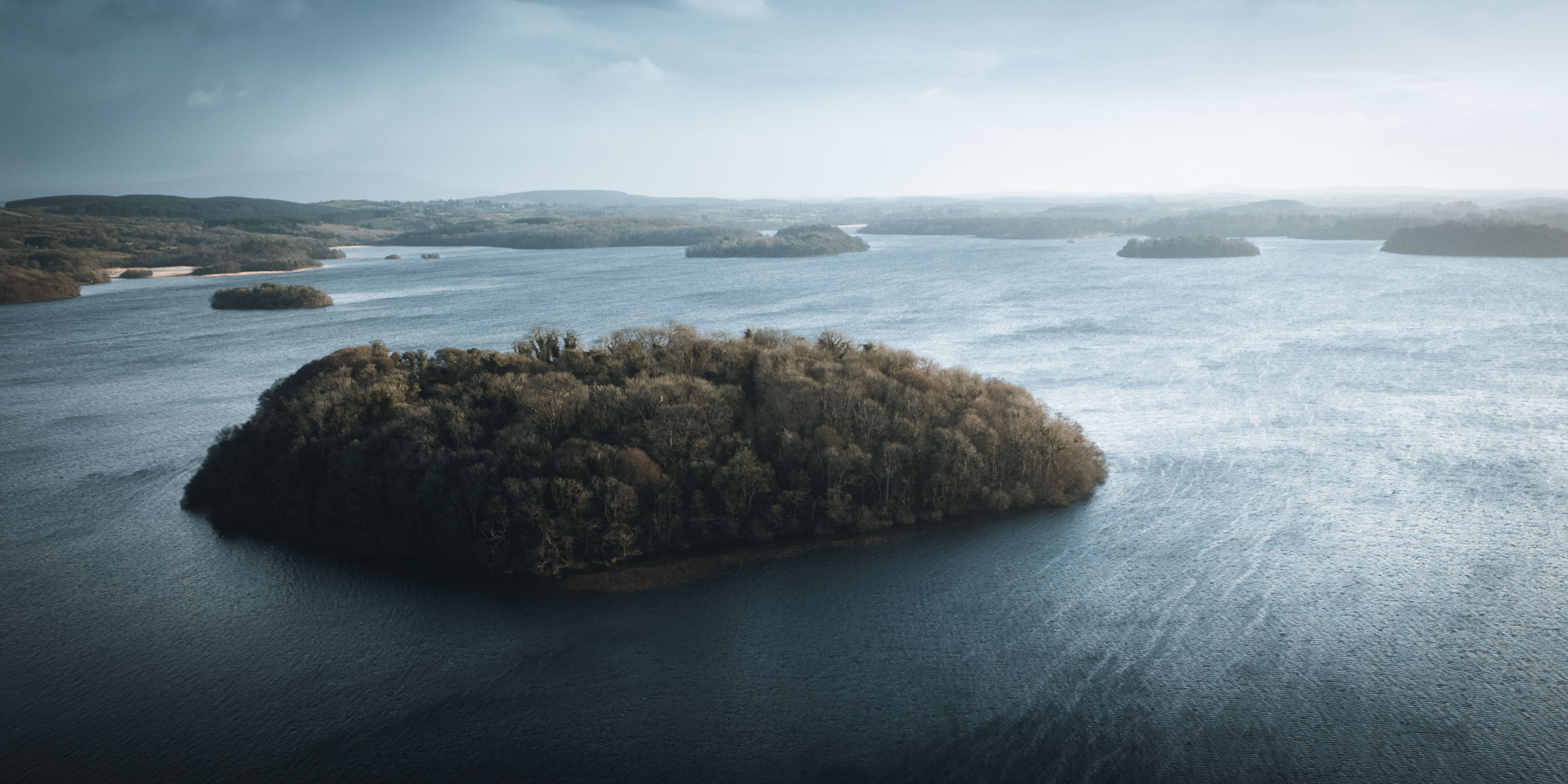Everyone has head of the African big five. The famous animals that attract photographer from far and wide are the lion, leopard, elephant, rhinocerous, and the buffalo. Many photographers have added these majestic creatures to their photography bucket list as a once in a lifetime experience, but what about Europes big five?
Brown Bear
The European brown bear is the only species of bear found in Europe. In the past, Brown bears lived wherever there was forest - and that was almost all of Europe. Sadly, due to deforestation bear populations are reducing.
Today, the last remaining areas of the bear in Central Europe can be found in steep, often rocky, vast forests where people rarely venture. Today, the Carpathians have the highest population density of brown bears in Europe (outside Russia). Large populations also exist in the Western Balkans and Scandinavia. Bear populations in the Alps, Apennines and the Iberian Peninsula are all critically endangered. However, at least in the Cantabrian Mountains of northern Spain, the number of brown bears has been increasing since the late 1990s - the result of the tireless work of EuroNatur and its Spanish project partner Fapas.

Eurasian Lynx
Of the four species of lynx that exist worldwide, two are found in Europe – the lynx and its cousin, the smaller, more brightly colored Iberian lynx, which is now found in southern Spain and Portugal. With a distinctive curly tail, spotted coat, long legs and muscular body, these solitary stealthy predators avoid humans and usually hunt at night, so they are rarely seen.
The lynx has a very wide geographic range, from Western Europe to Central Asia. In Europe, hunting and habitat loss in recent centuries have dramatically reduced the animal's range to the remaining strongholds of Scandinavia and the Carpathians.

Wolf
There are three main species of wolf living in Europe. The first is the Eurasian wolf or common wolf, a subspecies of grey wolf found all across Europe. The second, the Iberian wolf is a subspecies of the Eurasian wolf, and It lives in Portugal, Spain, and Andorra. The Italian wolf is the third subspecies that can be found in Italy. It's also sometimes called the Apennine wolf or the Alpine wolf.
The best place to photograph european wolves in the wild is in the Bieszczady mountain in Poland. Bieszcczady is a rare, pristine wilderness in europe and offers the opportunity to photograph members of the 17 strong wolf pack that resides there.

Wolverine
Wolverines are native to isolated areas of the arctic, boreal, and alpine world, like Fennoscandia. They are also found in European Russia and the Baltic States, where wolverines thrive thanks to the thick, oily, hydrophobic fur that. makes them resistant to frost.

Wisent
The European bison or European buffalo, is one of the two extant species of bison. The European bison is the heaviest wild land animal in Europe, and past individuals may have been much larger than their modern descendants.
The bison became extinct in most of Europe and Asia, only surviving in northern central Europe and northern Caucasus until the 20th century. In the early 20th century, bison were hunted in the wild and became extinct. Now numbering in the thousands and reintroduced into the wild as a result of captive breeding programs, the species is no longer on the verge of immediate extinction, but still does not exist in most historical ranges. Bison herds are currently found in Germany, Switzerland, Belarus, Lithuania, and Poland. It is in Poland where the world's largest free-living population are, with around 1000 wild bison.

We believe in sustainable photography practices. If you do make your trip to Europe an epic adventure in wildlife photography, please consider giving back to the organisations protecting and supporting the habitats that sustain these wonderful creatures.




